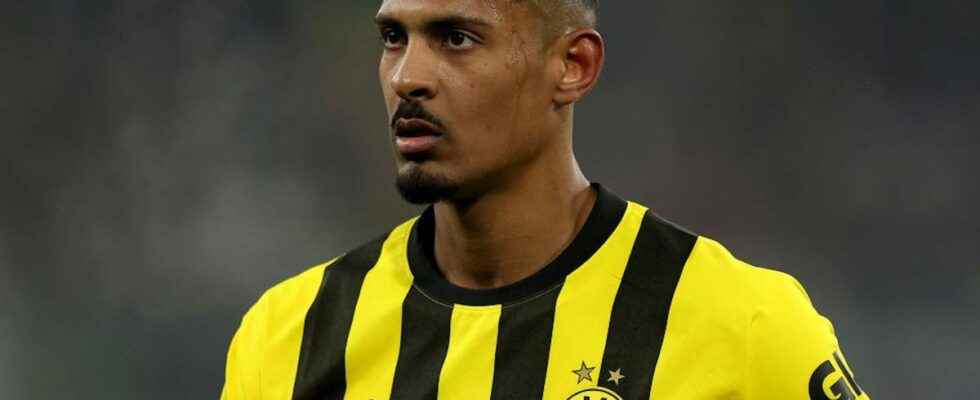Published on
Updated
Reading 2 mins.
Stopped in his career 6 months ago by testicular cancer, the Franco-Ivorian center-forward Sébastien Haller, returned to the pitch under the colors of Borussia Dortmund, to the cheers of the supporters.
It is a medical parenthesis that ends well and which will undoubtedly give hope to the young men concerned. Sunday January 22, Sébastien Haller, Franco-Ivorian center forward of Borussia Dortmund (a German club), put on his crampons to return to official competition. Only 6 months ago, the 28-year-old sportsman was stopped short by a difficult diagnosis: testicular cancer detected just a few days after his transfer.
A fighter also in life
The announcement made, things were linked quickly for the sportsman: operated in the wake of his diagnosis, Sébastien Haller then underwent four cycles of chemotherapy, and had to have another operation in mid-November.
In early January, medical tests ahead of his resumption with the club were already showing optimism for a return to the field. A great reward for those who never stopped training.
Sébastien Haller also made a point of talking about his journey publicly: a video posted on his Instagram account, a few hours before the meeting, the 28-year-old player recounts his path to recovery:
“I stayed active (…), I adapted. It’s not easy but in the end, you know what you’re fighting for.”
And as a nod to his personal victory, for this first match, the footballer decided to wear personalized cleats on which is written fuck cancer
A rare cancer that affects young men
Among male cancers, testicular cancer differs very clearly from that of the prostate by its rarity, its age of onset: although it represents only 1 to 2% of cancers in men, it nevertheless targets individuals who are still young. , between 15 and 35 years old according to the Arc Foundation. The reasons for its appearance are not known, but it is notably increasingly suspected that this disease could be favored by exposure to environmental risk factors such as chemical pollutants. The second best assessed factor is the presence of a birth defect called cryptorchidism.
What is the treatment for testicular cancer?
As the Institut Curie explains, the tumor most often develops from the cells that produce sperm: this is called a germ cell tumor. It manifests as an abnormal mass on palpation.
In many diseases, diagnosis is essential. The earlier the pathology is detected, the better the patient’s chances of recovery, in particular by taking less heavy treatment. Testicular cancer does not systematically cause specific symptoms, but it is often revealed by the presence of a hard mass located in the testicle, hence the importance of palpatory examination and self-examination.
In all cases, surgical removal of the testicle is the initial treatment. Then follow and according to the evolutionary stage of the tumour, either an active monitoring, or the implementation of a treatment by a chemotherapy or a radiotherapy. In this case, a collection of sperm is proposed before the start of the treatments, in order to prevent possible consequences of these on the fertility of the patients.
Good news, however, in the vast majority of testicular cancers, the 5-year survival rate exceeds 80 to 90%.
